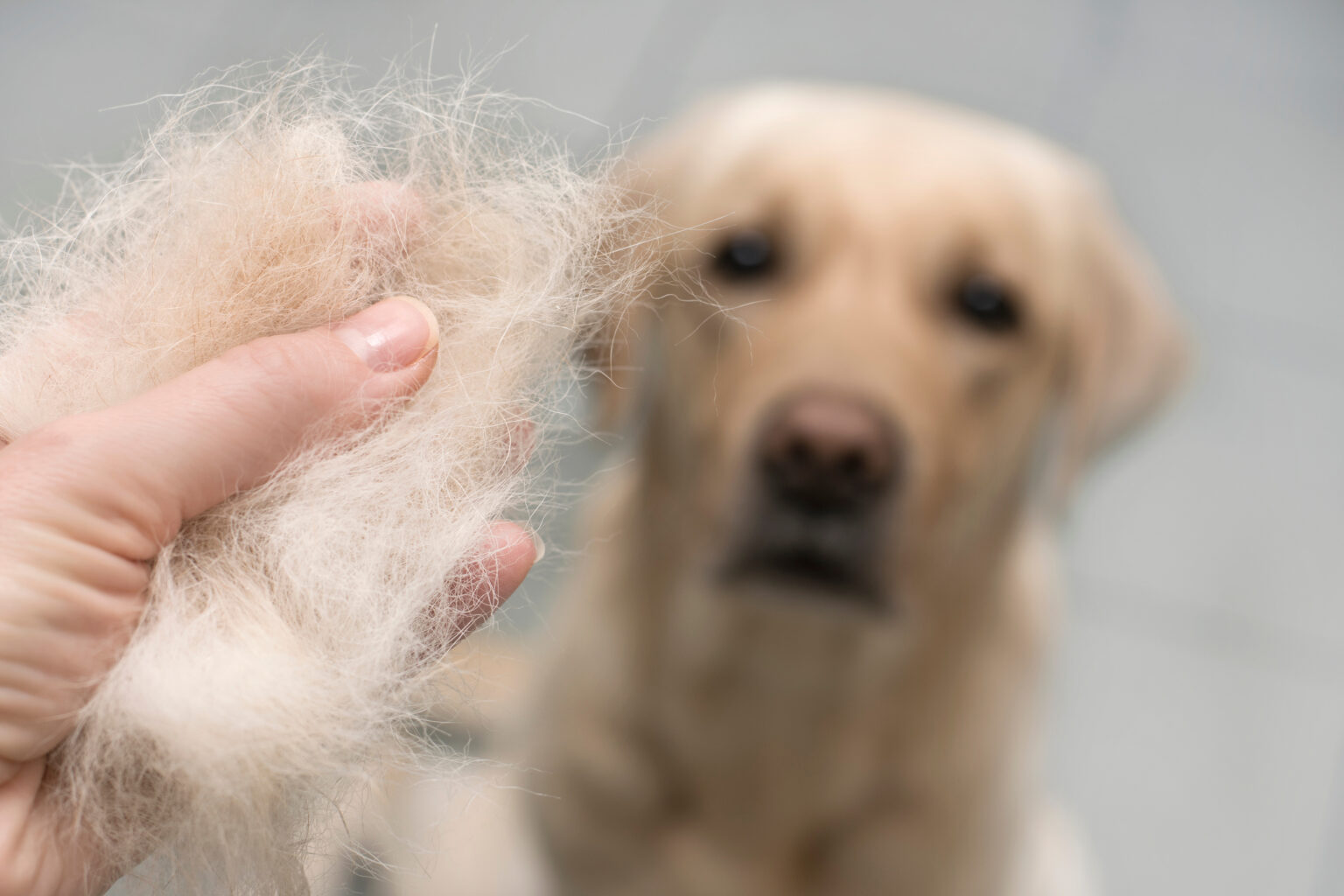Tackling Shedding in the Spring: How to Help Your Pet Through Coat Change Season

As the weather warms up in Georgia, it’s not just the flowers that bloom — it’s also the time of year when pet owners notice tufts of fur everywhere. Spring shedding is a normal, seasonal process, but it can be overwhelming for you and uncomfortable for your pet if not managed properly.
In this blog, we’ll explain why shedding happens, how to manage it at home, and when it might signal a bigger health issue.
Why Do Pets Shed More in the Spring?
Shedding is part of your pet’s natural hair growth cycle. In the spring, dogs and cats shed their heavy winter coat to make way for a lighter summer coat.
While some breeds shed year-round, spring (and fall) are peak shedding seasons due to changes in daylight and temperature.
Breeds That Shed Heavily
All pets shed to some degree, but some breeds are notorious for seasonal coat blowouts, including:
- Dogs: Huskies, Labs, Golden Retrievers, German Shepherds, Akitas and other double-coated dogs.
- Cats: Maine Coons, Persians, and other long-haired breeds
Short-haired pets shed too — it’s just less noticeable (until it’s on your clothes and furniture!).
Tips to Manage Spring Shedding
1. Brush More Often
Daily or every-other-day brushing during spring can significantly reduce loose hair. Use:
- Slicker brushes or deshedding tools for long-haired pets
- Rubber curry brushes for short-haired breeds
Brushing also helps distribute natural oils, keeping your pet’s skin healthy.
2. Bathe When Needed
Bathing with a mild, pet-safe shampoo loosens excess hair and helps wash it away. Be careful not to overbathe — once every 4–6 weeks is usually enough unless your vet recommends more frequent bathing.
3. Support With Proper Nutrition
A balanced diet rich in omega-3 fatty acids helps maintain healthy skin and coat. If your pet has dry skin or excess shedding, talk to us about nutritional changes that can help their skin and coat
4. Keep Your Home Hair-Managed
Lint rollers, vacuuming, and washable throws on furniture can help you stay ahead of the fur flurries — and maintain sanity during peak shedding season.
When Shedding Might Be a Medical Concern
While seasonal shedding is normal, excessive or patchy hair loss can be a sign of:
- Allergies
- Parasites (like fleas or mites)
- Hormonal imbalances (like hypothyroidism or Cushing’s)
- Skin infections
- Nutritional deficiencies
If your pet is shedding in clumps, has bald spots, or is itchy and uncomfortable, it’s time to schedule an appointment with your vet!
Need Help Managing Shedding or Skin Health?
Shedding is a sign of a healthy, renewing coat — but it doesn’t have to take over your home. With the right tools and routine care, you can keep your pet comfortable and your furniture (mostly) fur-free. If you feel that your pet needs a dermatological exam, we’re here to help! Call us at (770) 788-7387 or Book an Appointment today!
Recent Posts
About Us
Get expert pet care tips, health insights, and heartwarming stories from the Countryside Animal Hospital blog. We love helping pets live happier, healthier lives!
